No products in the cart.
Return To Shop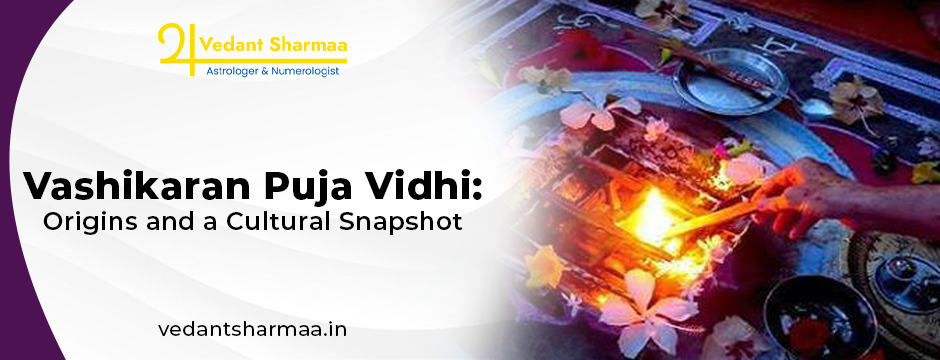
Vashikaran Puja Vidhi: origins and a cultural snapshot
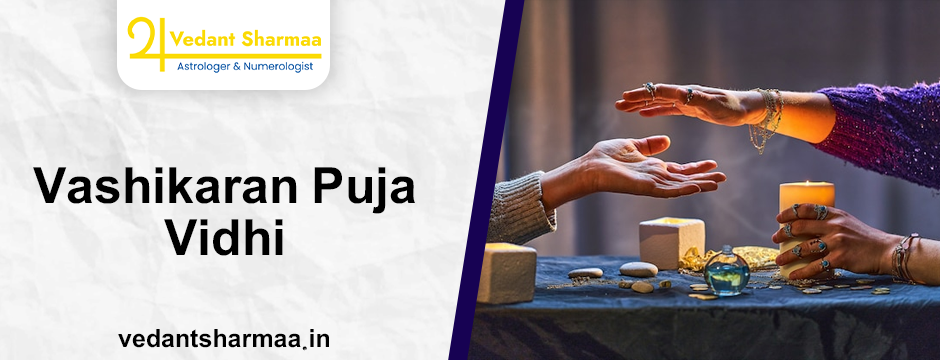
Text about ancient roots, folk beliefs, and how practices labelled under the phrase vashikaran puja vidhi grew from a mix of ritual, astrology, and local magic lore. The term itself has travelled through centuries of oral tradition, temple culture, and village healers, becoming shorthand for a broad set of rituals believed to influence attraction, fate, or human behavior. Historically, these practices were embedded in local cosmologies where spoken words, charms, and symbolic acts were thought to shape relationships between humans and the unseen. That cultural soil allowed concepts later tagged as vashikaran puja vidhi to flourish, not as a single codified system but as varied regional interpretations with overlapping themes: invocation, symbolic exchange, and a search for control in uncertain social worlds.
Myths that shaped public imagination
Legends and folktales helped popularize the idea of love vashikaran as a potent, almost cinematic force. Stories of sages, amulets, or secret verses that could tilt the heart of a rival or reunite star-crossed lovers passed from storyteller to storyteller. These narratives often framed the practice as morally ambiguous — sometimes heroic, sometimes cautionary — and fed the popular imagination. Mythic portrayals gave rise to a persistent belief that supernatural shortcuts to attraction or affection exist, cementing love vashikaran as a recurring motif in literature and oral tradition.
The sociological drivers: why the idea spread
When social structures create pressure — family expectations, caste and class dynamics, migration, and shifting gender norms — people look for ways to regain agency. That context explains why concepts like vashikaran puja vidhi and love vashikaran became culturally resilient. They offered an imagined avenue to resolve romantic uncertainty, manage competitive marriage markets, or address forbidden desire. In many communities, turning to a local practitioner was less about belief in mystical power and more about signaling commitment, seeking counsel, or performing a culturally legible act that demonstrated seriousness about a relationship.
From temple corners to print and cinema
The transition from local ritual to mass awareness accelerated with print media, radio, and especially film. Bollywood and regional cinema embraced plotlines where spells, charms, or ritual specialists drive dramatic twists; those portrayals amplified the idea of love vashikaran as a plot device. Popular magazines and later television talk shows sensationalized anecdotal success stories and exposed frauds in equal measure. This media echo chamber transformed scattered village practices into a recognizable cultural trope, divorced from their varied and complex origins.
Psychology and the placebo effect
A pragmatic lens helps explain why some people report changes after consulting rituals associated with vashikaran puja vidhi. The placebo effect, shifts in confidence, and altered social behavior can make outcomes look like supernatural intervention. When a person believes a ritual will help, behavior changes follow: more initiative, different body language, increased persistence — and those shifts can influence how others respond. So, perceived “success” tied to love vashikaran is often rooted in human psychology rather than literal control over free will.
Ethical and legal issues around the concept
The popularity of love-oriented rituals brings clear ethical problems. Attempting to coerce or manipulate another person’s feelings crosses moral and sometimes legal boundaries. Many modern commentators and legal frameworks categorize non-consensual manipulation as abusive, and practitioners who promise guaranteed control of another person’s will may be committing fraud. Responsible discussion of vashikaran puja vidhi must highlight consent, autonomy, and the potential for emotional harm. The emphasis should always be on caution: psychological wellbeing and legal safety trump any promise of miraculous outcomes.
Scams, exploitation, and consumer protection
A darker chapter in the cultural history of love vashikaran involves exploitation. Stories abound of charlatans charging exorbitant fees, demanding repeated payments, or using emotional coercion to keep clients hooked. These patterns underscore the need for public awareness and consumer protection. Rather than pursuing unverified rituals, people are safer seeking counseling, mediation, or community-supported conflict resolution. Exposing scams became a key role for journalists, consumer-rights groups, and mental-health advocates who push back against predatory practices disguised as spiritual help.
How popular culture reframed the narrative
As the commercial and entertainment worlds adopted the trope of love vashikaran, the narrative diversified. Comedy, satire, and critical drama began to interrogate the consequences of trying to “force” affection. Writers and filmmakers used the motif to explore consent, obsession, and the ethics of desire. That reframing has been important: it shifted public conversation from uncritical belief to a more nuanced view that weighs tradition against modern values.
Alternatives that empower rather than control
For those grappling with relationship issues, culturally sensitive alternatives exist that respect autonomy. Practices focused on self-development, confidence-building, communication skills, and couples’ therapy offer evidence-based ways to improve relationships. Community rituals that focus on healing and closure without targeting another person’s will can also provide cultural continuity while avoiding coercion. Positioning these alternatives alongside a historical explanation of vashikaran puja vidhi and love vashikaran helps readers understand cultural roots while choosing safer, ethical paths.
Voices from tradition: practitioners, priests, and critics
Within traditional communities, responses to the notion of love vashikaran are far from uniform. Some custodians of ritual culture emphasize symbolic, protective, or psychological functions rather than literal control. Others reject manipulative uses outright, teaching rituals that promote personal clarity and community harmony. Scholars, priests, and elder practitioners contribute perspectives that complicate the simple “believer vs. skeptic” dichotomy and encourage reflection on intent and consequence.
How to talk about vashikaran responsibly
Language matters. Framing the subject in historical, anthropological, and ethical terms avoids glamorizing manipulation. Using the term vashikaran puja vidhi as a cultural descriptor rather than a how-to prevents inadvertent harm. When media or influencers discuss love vashikaran, responsible journalism and commentary should prioritize consent, transparency, and critical thinking. In educational settings, the concept can be taught as part of broader studies on folk religion, social coping mechanisms, and the psychology of belief.
Conclusion: culture, caution, and choice
The story of vashikaran puja vidhi and love vashikaran is a story of culture meeting modernity. Its appeal is rooted in centuries of folklore and social anxiety, amplified by media, and refracted through contemporary ethics. Understanding this history without endorsing manipulation creates space for informed choices: honoring tradition where it heals, and repudiating practices that threaten autonomy. Vedant Sharmaa’s platform can be a place for balanced exploration of these themes — respectful, critical, and centred on human dignity rather than promises of control.
Facebook Comments Box

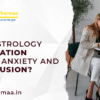
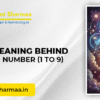

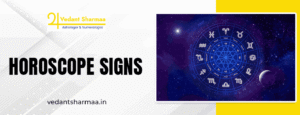



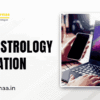






Leave a reply